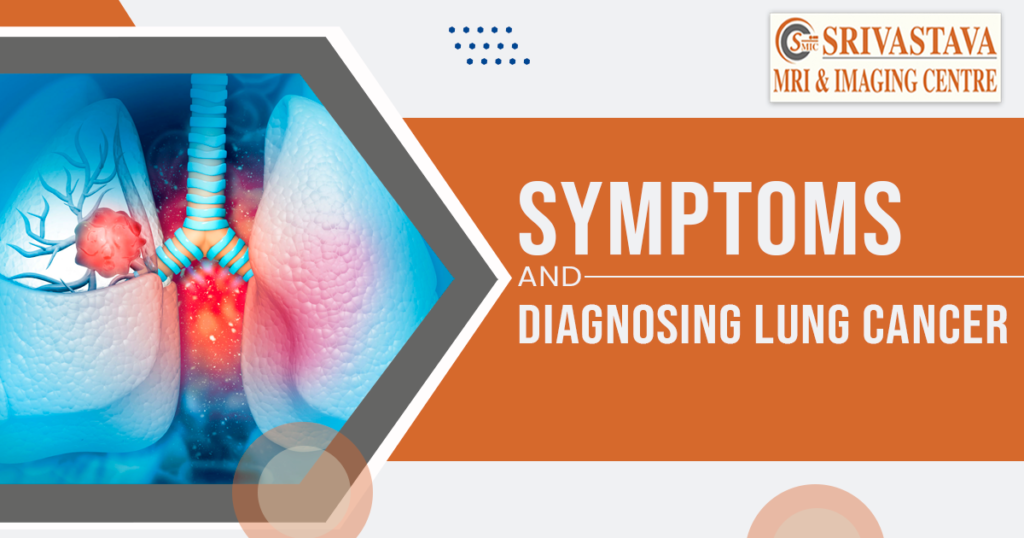Lung cancer cases are increasing rapidly all over the world. Lung cancer is increasing very fast in India too. Smoking is one of the main causes of lung cancer. Lung cancer is the leading cause of cancer deaths.
Symptoms of Cancer
Symptoms of lung cancer are not usually seen in the beginning, so it can be difficult to detect the beginning. Some early symptoms can detect that you have cancer.
- Sore mouth: A persistent sore in the mouth, on the lip, or the tongue due to smoking, the sharp edge of teeth, or dental plates that do not fit, can develop into cancer if not taken care of.
- Lumps or masses: if they appear where none were present previously should suspect cancer. Especially in the case of women and is the most readily cured if treated early.
- Indigestion: Persistent indigestion or change in bowel habits, are often caused in the intestinal tract and should be reported.
- Abnormal bleeding: Unexplained or abnormal bleeding while Coughing up or vomiting blood, passing blood in the urine and rectal bleeding are common symptoms of cancer.
- Hoarseness: Persistent hoarseness or cough of abnormal duration deserves a careful examination by your doctor. Cancer of the larynx (voice box) or respiratory passages or lungs may be the cause.
- Unexplained Weightless: Unexplained loss of weight may be due to many things but may also be due to hidden cancer.
Lungs should be checked from time to time. People in the age group of 55 to 74 years should have regular lung check-ups. The risk of lung cancer is high in smokers. The initial symptoms are not easy to detect. But there is a way through which cancer can be detected in the early days – screening. Screening uses tests/tests to detect a disease in people who do not show symptoms.
- Medical history and physical exam
Your doctor will ask about your medical history to know about your symptoms and possible risk factors. Your doctor will also examine you for signs of lung cancer or other health problems. If your history and physical test results suggest that you may have lung cancer, more tests will be done.
- Chest X-ray
A chest X-ray is often the first test your doctor does to look for any abnormal areas in the lungs. If anything suspicious appears, your doctor may order more tests.
A CT scan produces detailed cross-sectional pictures of your body. A CT scan is more likely to show a lung tumor. It can also show the size, and location of any lung tumors, and help find enlarged lymph nodes to which cancer may have spread.
- Magnetic resonance imaging (MRI) scan
MRI scans show pictures of soft tissues in the body. MRI scans use radio waves and strong magnets instead of X-rays. MRI scans are most commonly used to look for the spread of lung cancer to the brain or spinal cord.
- Positron emission tomography (PET) scan
For a PET scan, a slightly radioactive form of sugar (known as FDG) is injected into the bloodstream and collects mainly in cancer cells. The PET scan is often combined with a CT scan.
- Sputum cytology
A sample of sputum is checked in a lab to find out if it contains cancer cells. This test is more likely to help find cancers that begin in the major airways of the lungs, such as squamous cell lung cancer.
- Bronchoscopy
Bronchoscopy can help the doctor find certain tumors or blockages in the large air ducts of the lungs, which can often be biopsied during the procedure.
Apart from these, other tests are capable of detecting lung cancer at different stages and places, such as-
- Thoracentesis
- Needle Biopsy
- Fine Needle Aspiration (FNA) Biopsy
- Endobronchial Ultrasound
- Endoscopic Esophageal Ultrasound



